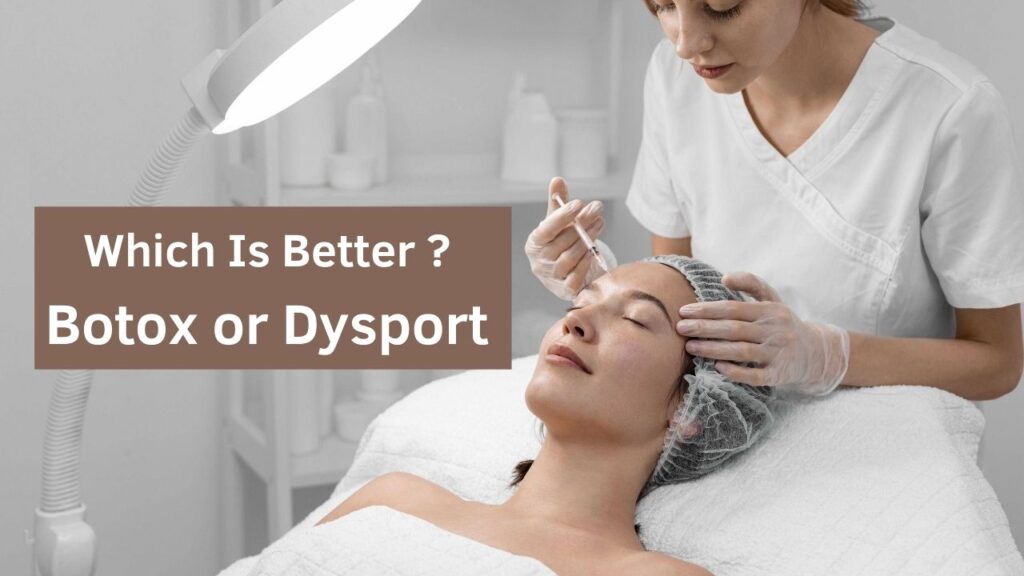Table of Contents
Overview
Accidents such as major burns and fall injuries are a direct cause of scars on the face and other parts of the body. These accident scars, especially on the face, are an unpleasant experience for all. If you are suffering from one, you may want to get rid of them anyhow! Although scars formed by deep wounds may be difficult to remove, some advanced dermatological treatments can help you make an informed decision and reduce it visibly.
Why Do Accident Scars Form?
Injuries like accidental burns, scratches, abrasion, cuts, or bruises can affect the skin’s natural process of replacing and healing the damaged tissue, resulting in scars.
Types Of Scars Related To Injury Or Accident
Dermatologists classify accidental scars as the following:
Keloid: These appear as bumpy, raised scars that are itchy and extend beyond the injury margins. Pressure treatment and cryotherapy can be used to treat smaller keloids, while steroid injections, laser therapy, and radiation therapy can reduce post-operative scars and other bigger ones.
Hypertrophic: They are raised, thick, itchy, and red scars confined to injury margins. Their visibility reduces with time. Commonly preferred therapy options for these scars include laser therapy and steroid injections.
Atrophic: Hole-like scars embedded in the skin are known as atrophic scars. Treatments like laser therapy, micro-needling radiofrequency, and topical medications are found to be effective for these scars.
Contracture: These scars are formed when burns or cuts cause the skin to tighten or contract. They may need extensive procedures like scar excision, tissue expansion, and skin grafting.
Can You Remove These Scars/ Marks?
Complete removal of accidental scars may not be possible. However, your skin specialist can recommend you some advanced dermatological treatments to reduce these accident scars’ visibility. The following are some of the effective treatment options to choose from:
Laser Treatment: In this therapy, a laser beam is focused on the target areas in a controlled manner; the light and heat energy from the laser help treat the damaged skin layers and show visible results immediately.
Chemical Peels: Here, a combination of plant extracts and natural acids in varying concentrations to treat damaged skin. These peels help exfoliate and remove the dead skin layer and pigmented scars. In this process, a chemical solution is applied to the scarred area and left for a stipulated time. It is then washed away to allow the skin to heal naturally after the treatment.
Topical Creams For Accident Scars: Certain topical medications with ingredients like vitamin A, C & E, sulfur, silicone, and triclosan help fade the scars. These can also be combined with the above treatments to produce long-lasting effects. Use of these creams should be done under the strict supervision of a skin specialist.
Steroid Injections: Steroids (corticosteroids) are directly injected into the target area to reduce redness, itching, and burning sensations. It may help to reduce the size of some scars.
Conclusion
An accident scar can be traumatizing and may create issues in your social life. If you have an accident scar, consult an expert dermatologist for a suitable course of treatment for either removing the scar or reducing its visibility. Taking a considered option before opting for any therapy or medications can help prevent further skin damage.
Get in touch with our specialist to know more ways to remove accidental scar tissue today!





